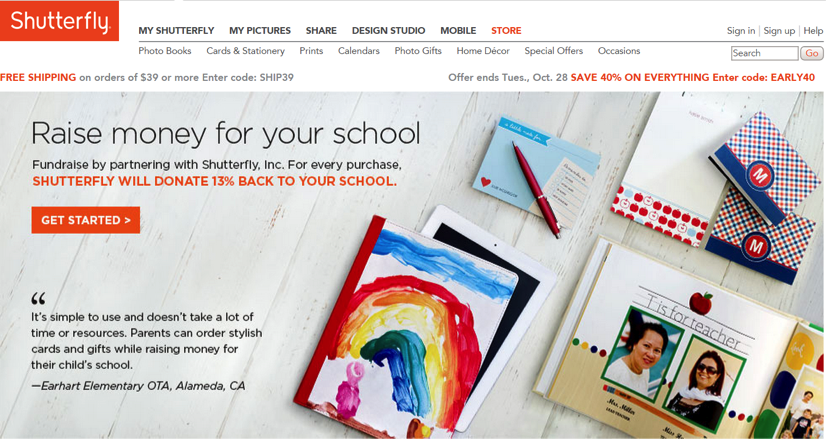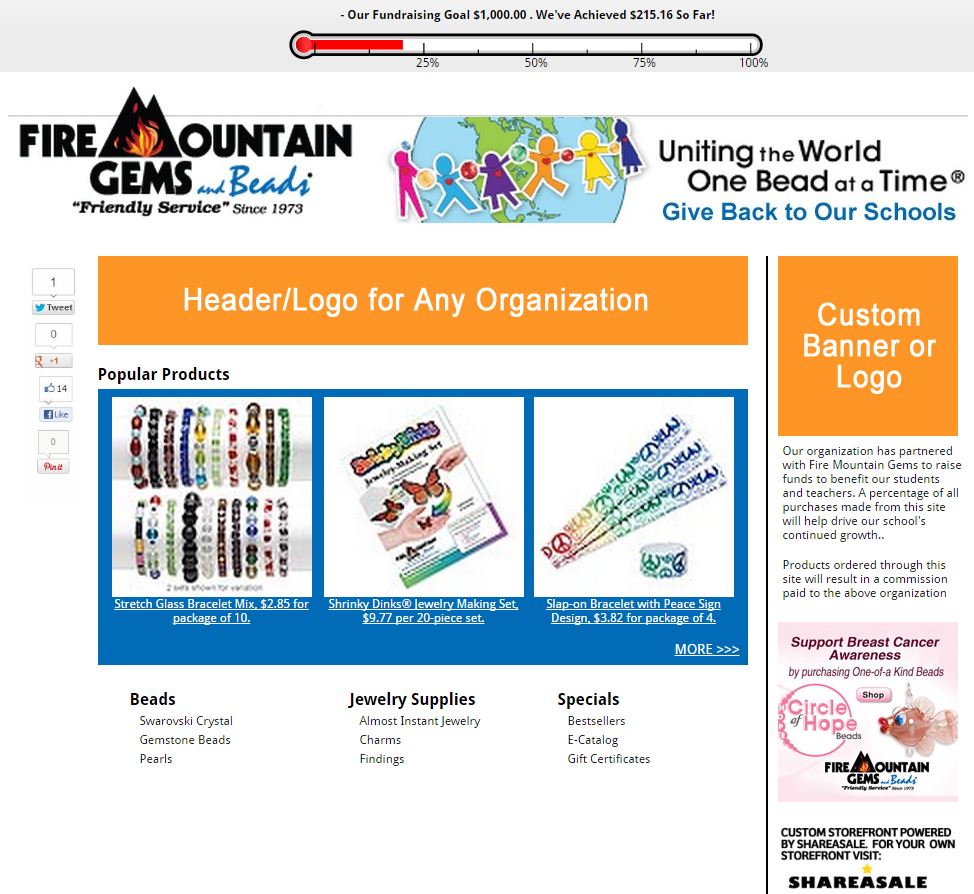Affiliate marketing tracks a consumer from a referring source to a completed sale. When we think of affiliate marketing in this simple manner, it opens up an entire realm of possibilities.
However, for the most part, affiliate recruiting efforts are primarily focused on entities that drive online traffic, such as bloggers, search marketers, shopping comparison sites, and coupon and deal sites. If we broaden our mindset and consider that affiliate marketing is simply a tool that enables us to pay commissions for online sales, regardless of where the consumer came from, this expands our affiliate possibilities to include offline entities.
For example, schools and organizations are always looking for new ways to fundraise, and they have a built-in base of loyal supporters. They may have a website and a social media presence. But they likely do not have the technical know-how to be an affiliate marketer. This is an easy hurdle to remedy.
You would simply set the school up with an affiliate account on whatever tracking platform you are using, and then build a landing page for the school, something like www.yourdomain.com/evanston-high-school, and provide the school with an affiliate tracking link to that page. The school would then distribute that tracking link — make sure it’s the tracking link, not the actual URL of the landing page — to its audience. The school can tell its supporters that it will earn a percentage of every purchase.
Conversion rates from non-profit organization tend to be higher than average, because consumers are incentivized to support their organization, such as a school. The new customer ratio also trends higher than average for the same reason. Additionally, since schools are disclosing that they are receiving a percentage of all sales, you can be assured that they are in compliance with the FTC guidelines on disclosure in advertising.
On the ShareASale affiliate marketing network, there is a new tool that makes this entire process even simpler for schools and organizations. It’s called Storefronts, and it enables you, the retailer, to build instant landing pages on the fly, even if you don’t know how to code, or how to set up a custom subdomain. The Storefronts tool can do all of that for you. In fact, photo gift company Shutterfly uses this technology to power its fundraising program, giving schools 13 percent of all purchases made.

Shutterfly uses ShareASale’s Storefronts interface to power its fundraising program, giving schools 13 percent of all purchases. made.
ShareASale provides a Storefronts template that retailers can customize. Retailers can insert a custom header, merchandise the Storefront with bestselling products, feature product categories, and highlight specific promotions. All of this is done through a WYSIWYG interface and the retailers’ product datafeeds.
Once the Storefronts template is created, retailers can choose from a variety of ShareASale-owned domains on which to host the Storefront, or they can enter their own information to host the Storefront on their own domain. However, the ShareASale domains are generic enough that it is not really necessary to go through the process of using your own domain. Examples of available ShareASale domains include FastFundraiser.com, RaiseRevenue.com, and HelpFundraise.com.
For example, you could create your own Storefront on ShareASale and provide this link to, say, a school: www.HelpFundraise.com/evanston-township-high-school. You wouldn’t need to convert that into an affiliate link, because every link on that Storefront you created was automatically converted into a tracking link by ShareASale. Here’s an example of what a Storefront could look like.

Fire Mountain Storefront for a hypothetical non-profit organization.
The other benefit is that the store can be merchandised either by the affiliate organization, or by the retailer. On the mockup example above, Fire Mountain Gems and Beads could pre-populate the Storefront with some popular products and links to specific product categories. However, the organization could select different products and create different text links. There is merchandising flexibility on both sides. When consumers click through any of the links on this page, they’re taken directly to Fire Mountain Gems’ site, with an affiliate cookie in place. Any purchase they make would be tied to the organization, and the organization would earn commission on all referred purchases, just like a traditional online affiliate.
In fact, once the consumer clicks any link on the Storefront page, the process is identical to a standard affiliate. Transactions are reported in the ShareASale interface, and can be edited or voided up to a certain point. Commissions are paid monthly by ShareASale when the school’s account reaches a certain level. And, the school can either log in and check how much it has earned, or it can check the gauge on its Storefront, which displays how close it is to reaching their fundraising goal.
The benefit of this technology is that it enables anyone, regardless of his level of technical expertise, or the extent of his online presence, to be an affiliate. Think of the possibilities within your immediate vicinity: parent teacher associations, Girl Scout troops, fraternities and sororities, charities, even individuals who are looking to raise money for an event like an awareness walk. With this technology, anyone who has an audience and a cause can become your affiliate.





